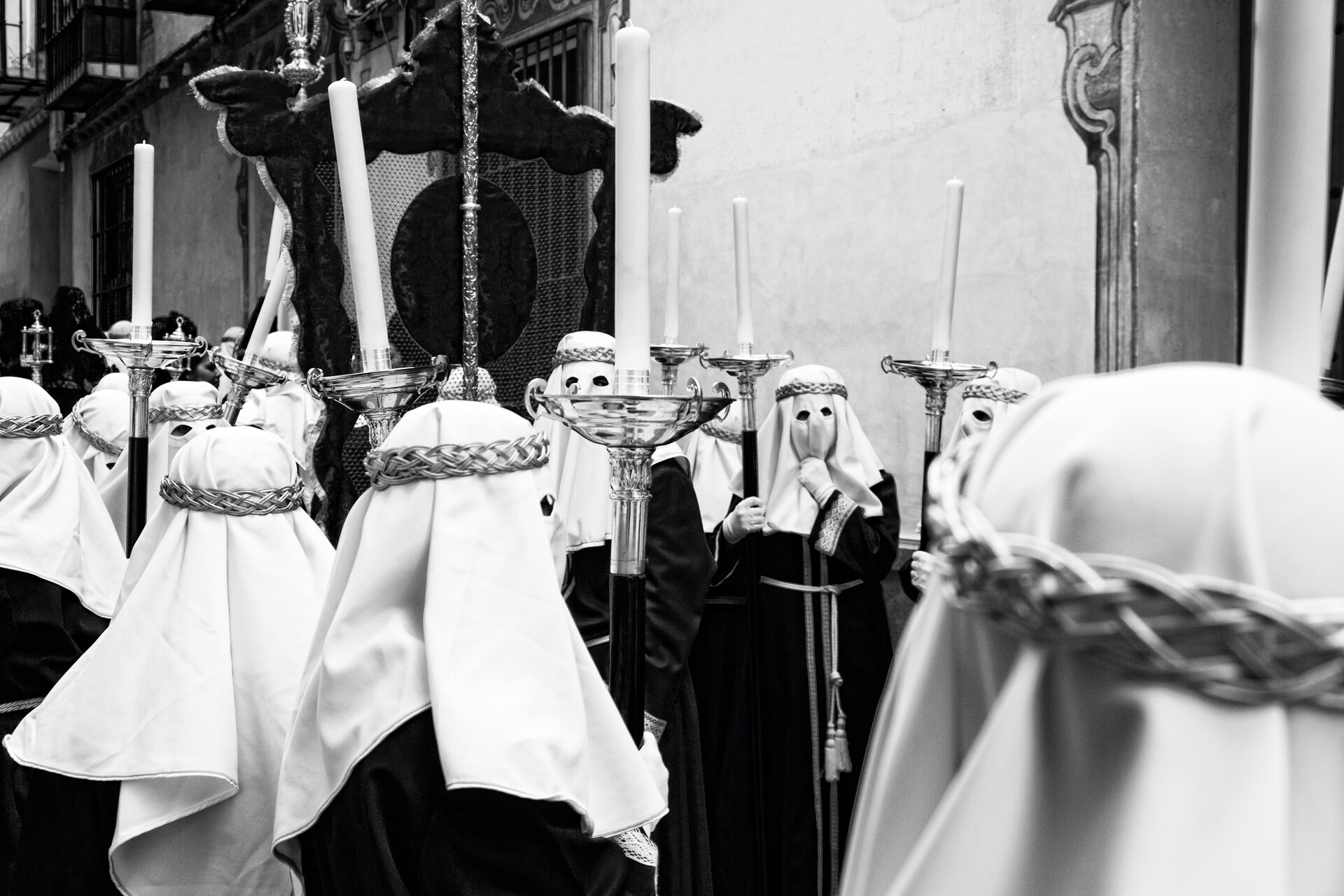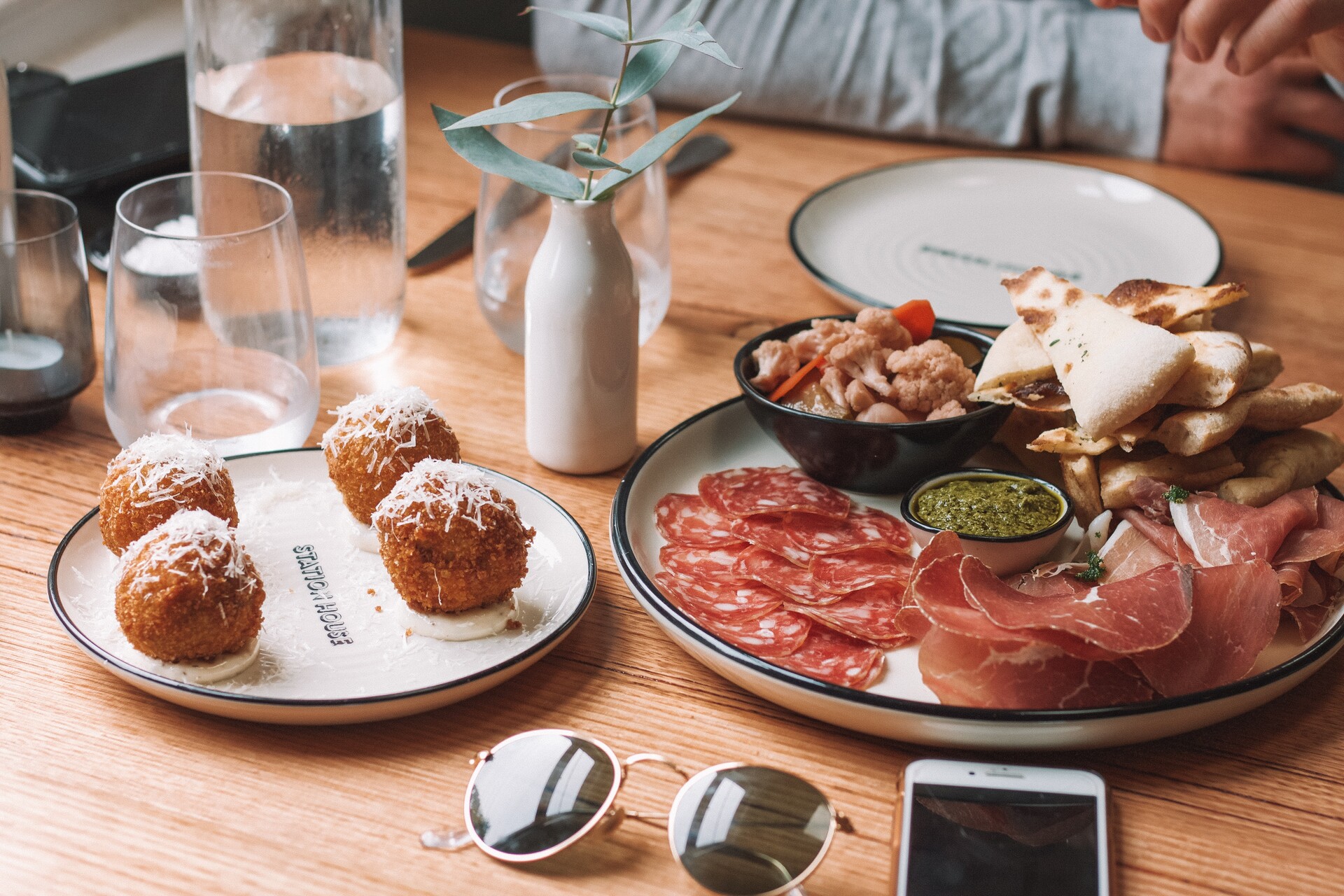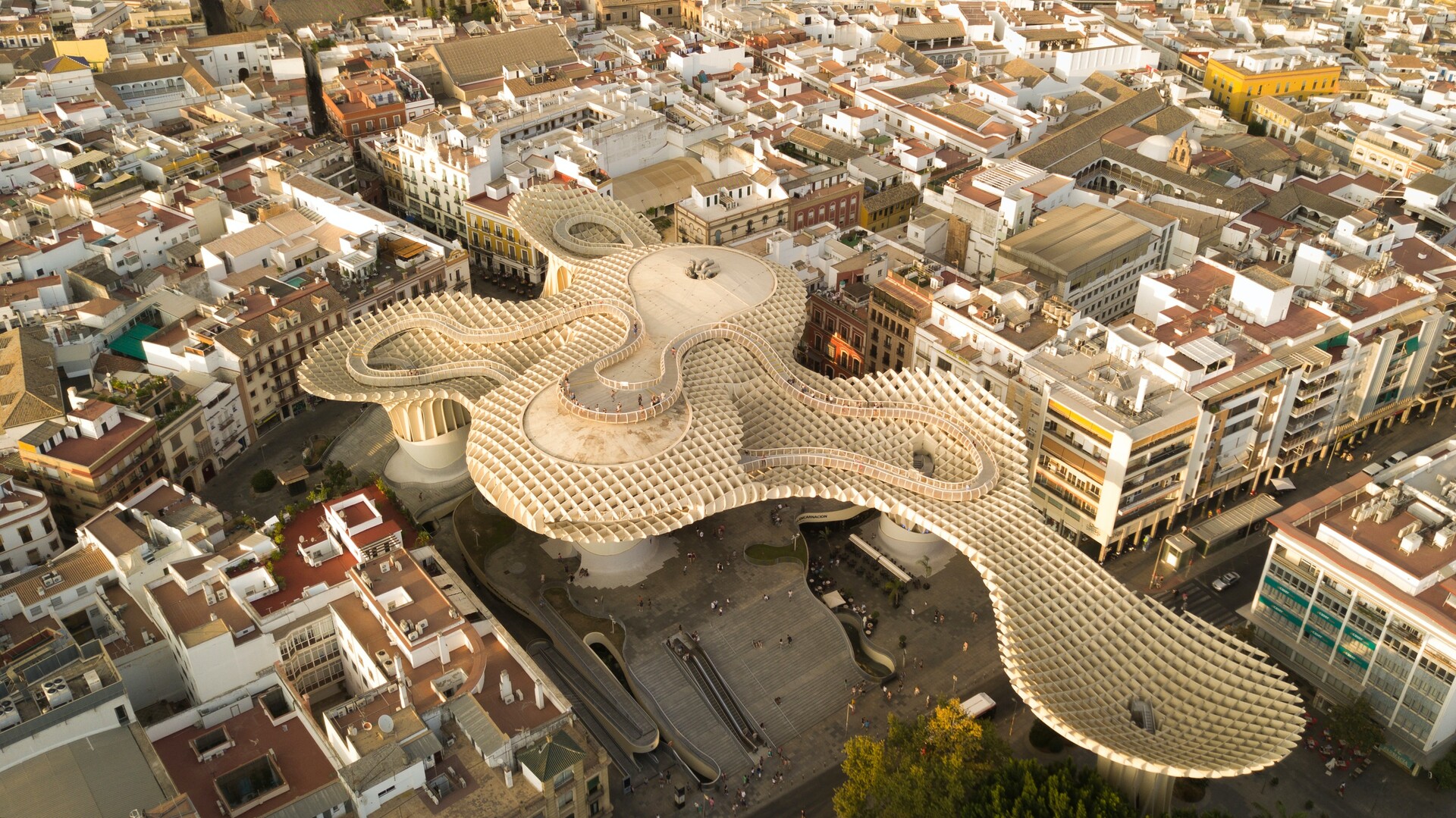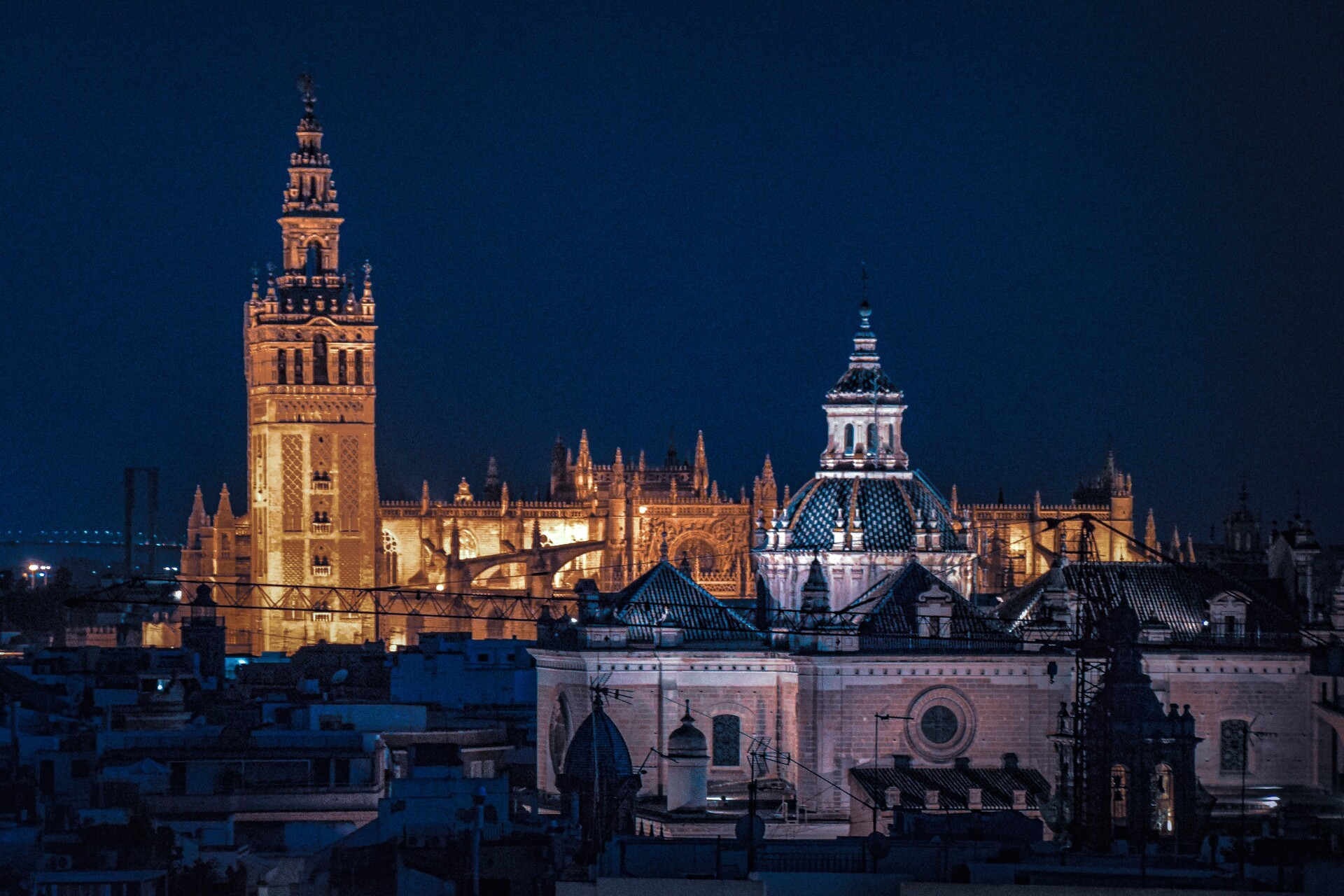Rosi's Experience in Sevilla
What is it like to live in Seville? How is it? Would you recommend it?
Seville is an amazing city to live in. It has a great climate almost all year round apart from during the months of June, July and August when it is far too hot. Having said that, this year has been a bit atypical as July has been hotter than August which has been a good month temperature wise. During the night it’s not too hot so you can sleep without the need of air conditioning or a fan.
I would recommend living in Seville as it has so many pluses: the climate, the food and the mix of different cultures which is so enriching and does not throw up any problems. Indeed, it is a massive positive as it means the city has such a varied culture and its citizens are open minded, welcoming and very friendly, ready to help anyone who needs it. You needn’t worry about the prospect of losing yourself in the city, for example, or if you have some kind of accident, or need information about anything. Sevillanos are sure to help you out. If you don’t speak Spanish not to worry, as a rule if Sevillanos don’t speak your language, they will try to help you understand through gestures, miming, drawing or whatever. What you can be sure of is that they will help you the best they can and always in a friendly manner.
Seville is not just all about the centre as many tourists think. Personally, I only venture to the centre when I want to visit a monument or go to a particular bar, restaurant or club. Normally I prefer to eat out in the neighbourhoods a bit further out as well as the nearby villages as they are a lot cheaper and better quality.
Another advantage with living a bit outside the centre is that it’s easier to make friends with your neighbours and you end up knowing everyone. My neighbourhood San Jerónimo is like a small village and only 15 minutes away from Alameda de Hércules and the centre by bike. I feel very lucky to live there as we are very close to the centre and there are strong transport links, like the number 10 and 3 buses as well as bicycle lanes and the C5 commuter train. Also, if you have a car, you can easily access anything through the SE-30 motorway, the A-49 Huelva road or the Cádiz one. You won’t find any parking problems either in the neighbourhood.
When Easter Holy Week (see photo below) as well as la Fería (a festival which follows holy week) rolls in, you have strong transport option with buses, commuter trains, car or taxi.  Source
Source
You won’t only have the option to visit Seville centre and go to the festivities there, but also in San Jerónimo de Buenavista Monastery where events, expositions and concerts are held. We also celebrate carnival in February and la Velá del Barrio at the end of September, festivities where you can drink in small huts with music, go on theme park rides and watch live bands perform.
It’s a neighbourhood which has everything to offer: hairdressers, shops, a supermarket, pharmacies, a health centre, a town hall with lots of activities like learning to play guitar, English, Italian, Arabic, pilates, reiki, gymnastics, flamenco (and the Sevillian variation) and IT skills. The Andalusia yoga centre is also located here and there is a local swimming pool and gym with membership only costing €18 a month. There also plenty of tapas bars which serve home-made, Andalusian dishes as well as drinks. A language academy where you can learn Spanish is very close by as well as private teachers. A small bottle of beer costs €0.80 and a medium sized one €1. Tapas normally cost €2 and drinks with spirit and a mixer between €4 and €4.50.
We are 2 minutes away from two of the big parks in Seville: Parque San Jerónimo or Parque Colon and Parque Alamillo, an ideal place to enjoy the fresh air playing sports, walking around or having a picnic. In Alamillo they put on numerous events and there are also bars to have a drink or tapa. Each year San Jerónimo park hosts the Encuentro de Alternativas, a festival including concerts, literary talks and yoga workshops.
Of course in Seville centre you will be able to find many bars, restaurants and clubs.
In relation to visiting monuments, if you are from Seville admission is free, but if you’re from somewhere else you must pay to enter. However, it is not expensive and on certain days (usually Mondays) everyone can go in for free.
What is the student atmosphere like in Sevilla?
My neighbourhood San Jerónimo is close to the medicine, dentistry, podiatry, physiotherapy and nursing universities (12 minutes away by bike) as well as to the Cartuja campus where engineering and communication are taught.
The number 3 bus drops you off at Puerta Jeréz and the C5 commuter train at the San Bernardo stop in 15 minutes. From there you can reach the education, psychology, law, philology, tourism and business universities.
To go to Pablo Olavide University (UPO) you can catch the number 3 bus to Puerta de Jérez and then the metro to UPO.
In San Jerónimo there is a college which offer various technical qualifications and degrees like infant education, social health, and IT literacy. There is also a sixth from which offers courses in the sciences, technology, humanities, social sciences and performing arts. It also offers certificates of higher education in social care and micro computing software. We are also 15 minutes by bus from the official Seville language school.
What is the cost of living in Seville?
As a general rule, renting a room in the centre will set you back anything between €300-400 and a flat between €600-700.
In neighbourhoods like mine you can rent a room for between €250-350 a month and a flat for €400-600. €750-800 will get you a 4-bedroom house with a garden.
Did you find it hard to get accommodation? Can you give any piece of advice?
I am not looking for accommodation. I’m looking for students who want to rent a room in a 4-bedroom house in San Jerónimo.
How is the country’s gastronomy? What are your favourite dishes?
Food from Seville is similar to the whole region of Andalusia, very good that is.
There are lots of different stews made up of beans, chickpeas, lentils, potatoes with meat, rice or noodles with sea food. Cold tapas include salads, gazpacho, salmorejo, (both are cold, tomato-based soups which contain many vegetables) sea food salad and potato, oil and garlic salad. Fried fish is the most typical here. Grilled meat like steak, pork fillet, boneless flank of pork and cut of pork are all typical dishes. Other ones are potato omelette and bread with tomato and oil. The list is endless. In my neighbourhood you can find a menu of the day with homemade food for just €7.  Source
Source
What places would you recommend to visit in Seville?
I would recommend visiting the Cathedral of Seville, the Royal Alcázar gardens, the Tower of Gold, the Jewish district, the neighbourhoods of Santa Cruz, Triana, Macarena and the typical Andalusian palaces like la Casa de Pilatos, el Palacio Marqueses de Algaba, the Centro del Mudéjar and El Palacio de los Marqueses de Lebrija. The Plaza de España (main square), the town hall, the Archivo de Índias Museum, the Metrepol Parasol (also known as Las Setas, see photo below) are worth visiting. Then there are fascinating museums like the Archaeology, Of Popular Arts and Traditions and the Fine Arts ones.  Source
Source
The Buenavista Monastery, built in the 15th century and one of the most important in Spain at the time, is located in San Jerónimo and is free.
And what about to eat? What are your favourite places?
There are loads of places to eat in Seville. One must always remember though that the centre is more expensive than the outskirts and the quality of food is not always as high they claim.
Good places to go in the centre are in Alameda de Hércules where there are a wide range of different bars and restaurants, the Dos de Mayo bar in the Plaza de la Gavidia, Tremendo bar, which is famous for having very refreshing beer, the Rinconcillo, one of the city’s oldest bars and Chaca and Macarena bar which are both in Macarena.
In San Jerónimo there are also a lot of good and affordable places like Bar Azabache, Bar Rogelio, Bar la Parra and Bar los Arcos.
In the surrounding villages you can find loads and loads of tapas bars which are fantastic. Some examples include: El Almansa tapas in Gines, La Choza de Manuela en Bormujos, la Malcontenta, el Saccularius y Charlotte, among others, in the village of San José there is La Rinconada, Bar La Reja in la Algaba, La Cueva, el Goya y el Tabanco in Carmona, La ilusión in Camas and El Ventorrillo Canario in Santiponce where they make an excellent grilled meat with boiled potatoes and chilly pepper sauce.
What places would you recommend to go out partying in Seville?
In the summer Alfonso terrace and Bilindo on Palmera Avenue, right next to María Luisa park are popular. Antique, next to the theme park Isla Mágica is also popular in Winter and summer. In Alameda de Hercules there are a big variety of bars and clubs of all different types of music. In the area close to the Cathedral, I would recommend the EME hotel, in Arenal area El Groucho. Around Alfalfa, Sopa de Ganso bar is cool. In San Jerónimo, La Posada Sevilla hosts live performances and of course outside drinking next to the river.
Any piece of advice you would like to give to future students studying in Seville?
My advice would be don’t set your heart on living in the centre as generally, us Sevillanos don’t really live there. We prefer to live in the outskirts or in close by villages as life is more relaxed there and you can still go out to bars with your friends and they’re much cheaper. Once you have seen the monuments there is no need to venture more into the centre, apart from if you want to buy something from a specific shop or the department store El Corte Inglés.
There is so much more of a tight nit, community feel in the surrounding neighbourhoods, people are more forthcoming than in the centre where people tend to keep to themselves, making it harder to meet people outside of your immediate bubble. It is said that a good neighbour is much better than family, as they are the people you are in closest proximity to in the case that you need urgent assistance of any kind. People are much closer in the neighbourhoods than in the centre.
If you want to know what it’s like to live in San Jerónimo, ask someone who is already living there, only these people will be able to give you an objective interpretation of what it’s like. And if you want to try it out for yourself, why not rent a room in the neighbourhood because you won’t regret it when you realise how lovely it is to live here.
Photo gallery
Share your Erasmus Experience in Sevilla!
If you know Sevilla as native, traveler or as exchange student... share your opinion on Sevilla! Rate different characteristics and share your experience.
Add experience →




















Comments (0 comments)